Eastern Anatolia
Turkey was becoming very addictive and it wouldn’t have been hard to fall deeper into it’s welcoming arms. But we needed to resist temptation and move eastward so we spent the next three days driving across the vast emptiness of eastern Anatolia to the Georgia border. Or at least that was the plan. The roads in Turkey are generally very good and out in the rural areas there are less driving maniacs plus there were less things to distract us. So with a few longish driving days ahead of us we pointed east.
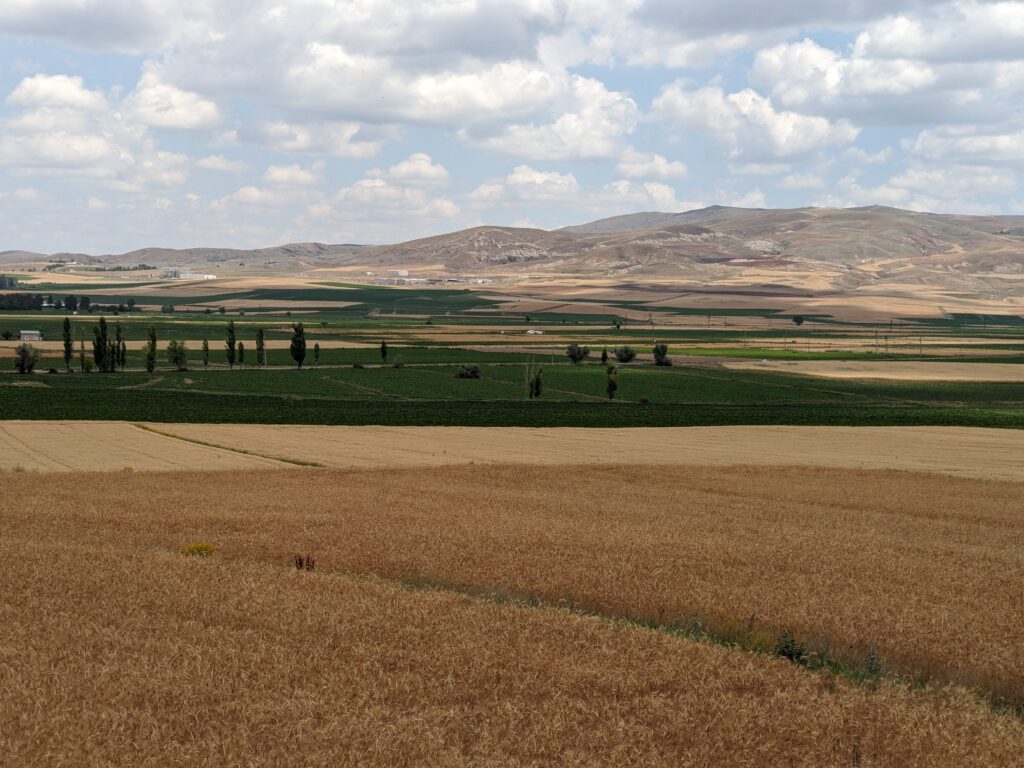
On the first day we climbed up onto the Eastern Anatolian Steppe, a vast area of central Turkey which runs at a higher elevation, features boundless fields of wheat and hay mixed with dramatic mountains and small rural villages. Our highest elevation was 1950 metres (6,400 feet) but it wasn’t dramatic switchbacks or steep winding roads. This land was gentle, beautiful, fertile, alluring and very beautiful.
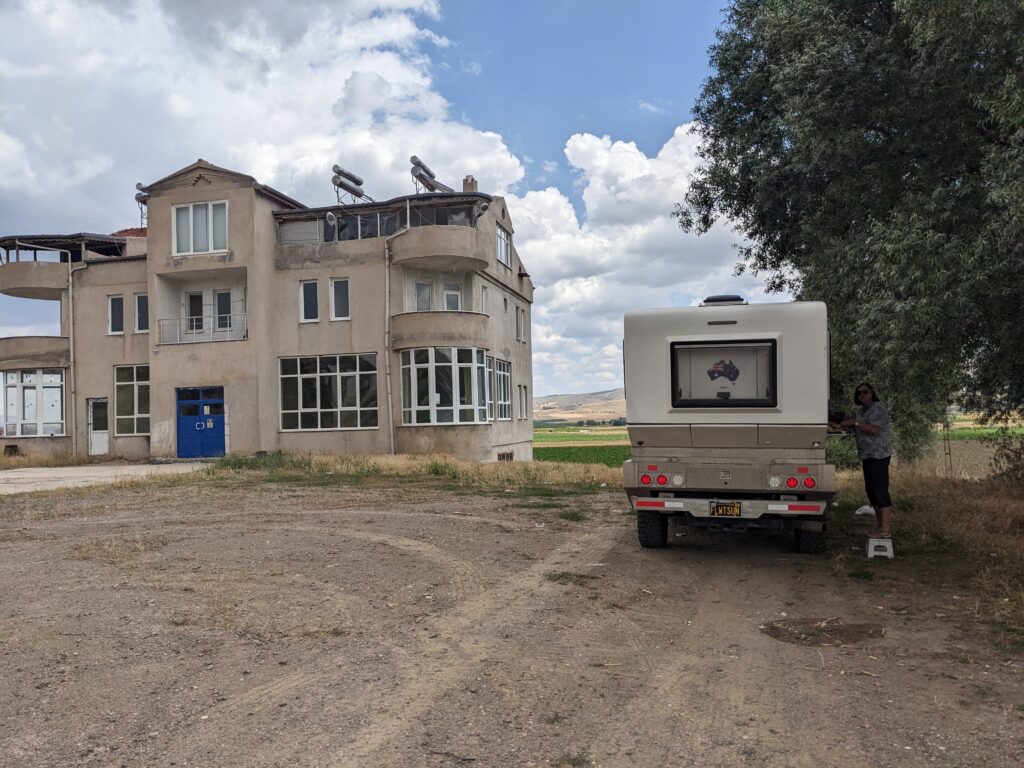
Our target for the day was the small town of Divrigi which featured a crazy-old 13th century mosque with intricately carved stone doors. Unfortunately the mosque is still under renovation so we couldn’t appreciate the doors up close but the drive to get there was rewarding in itself.
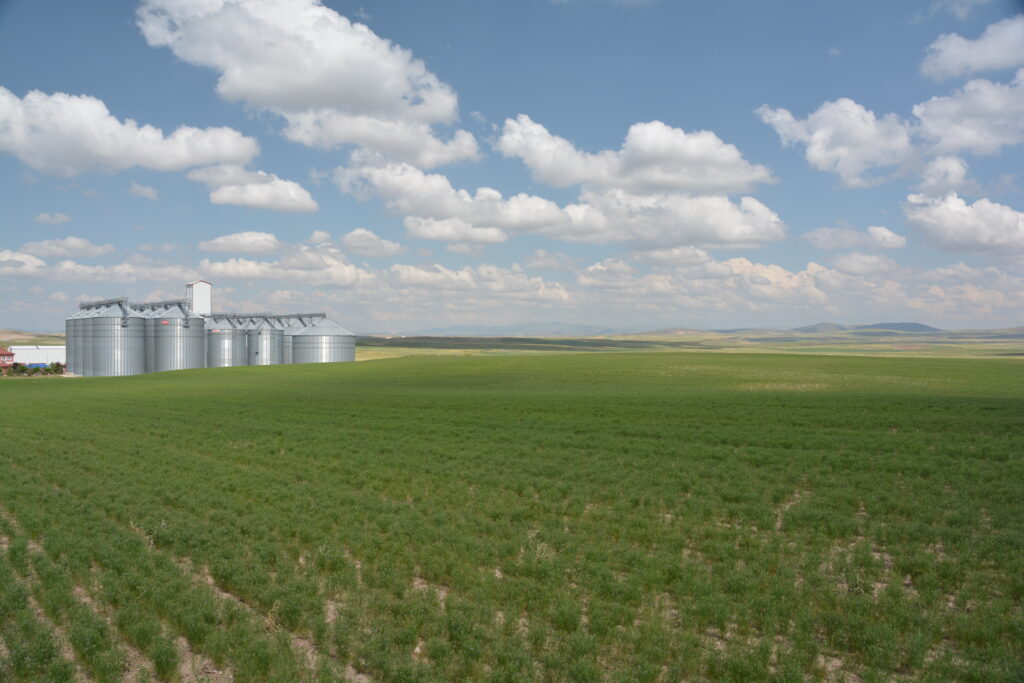
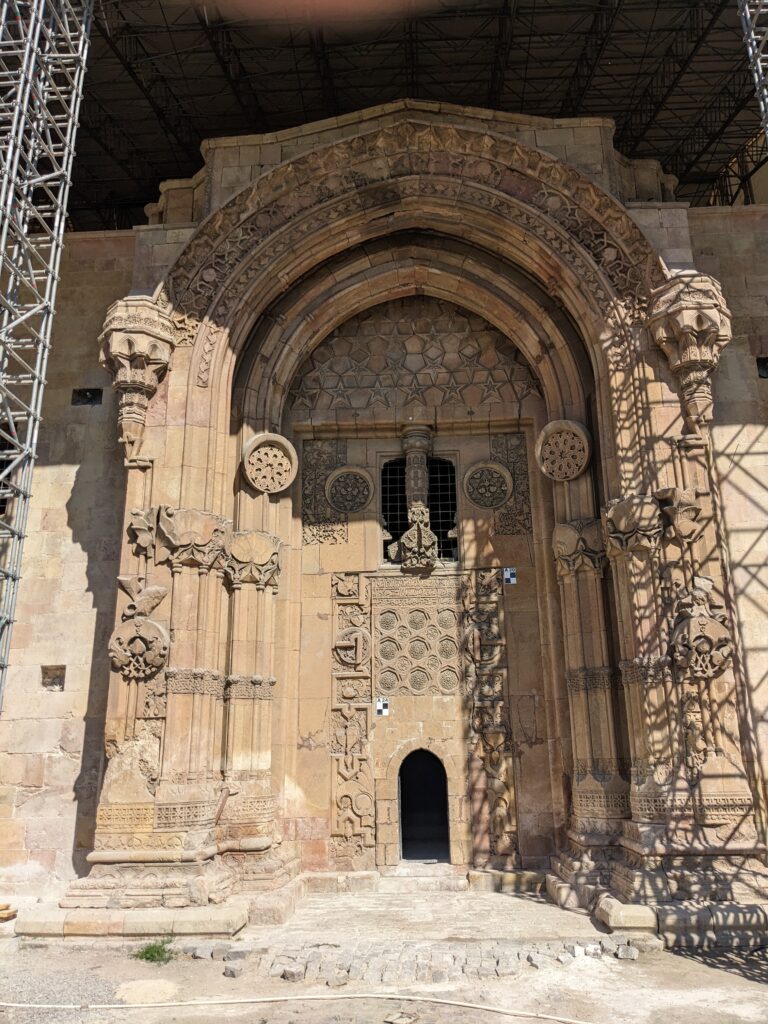
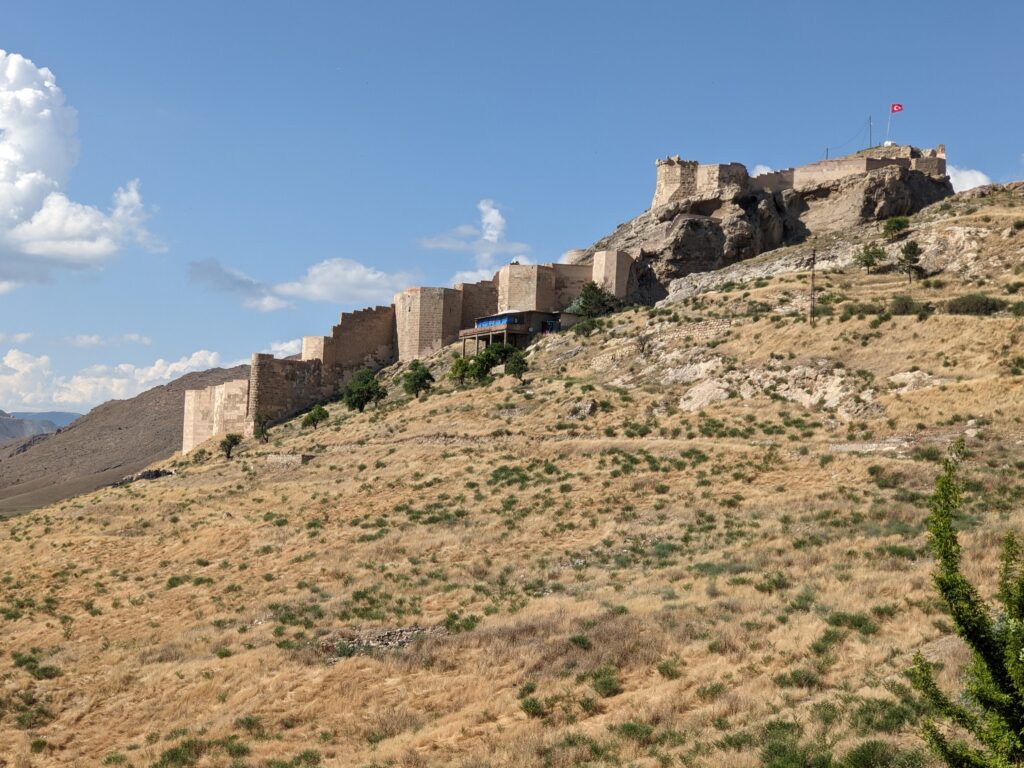
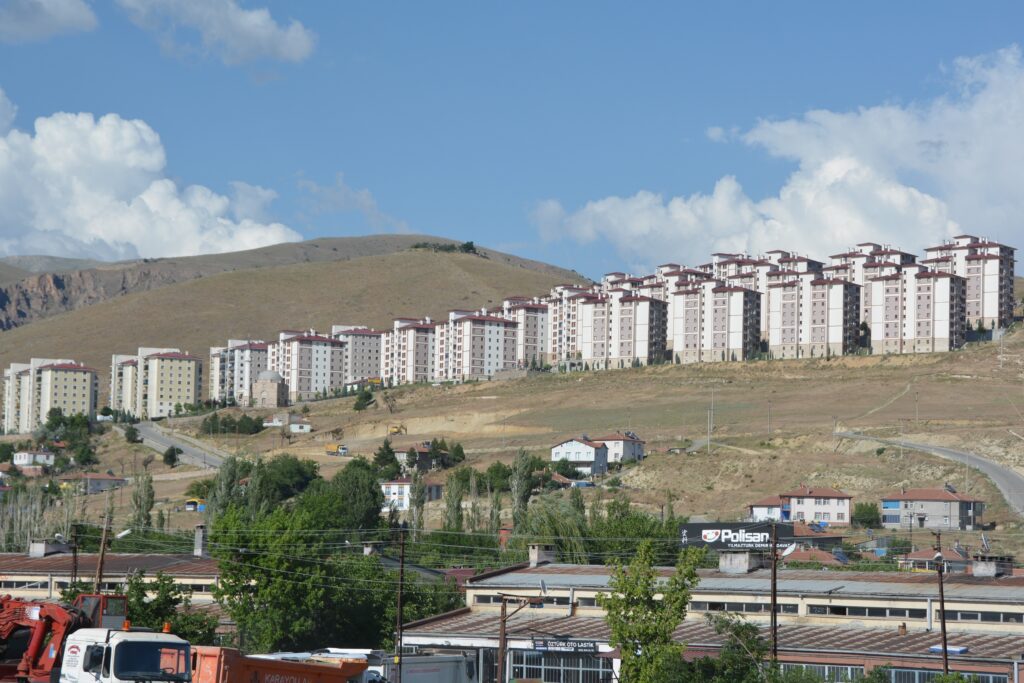
We camped the night on the banks of a fast moving stream, high canyon walls all around us, the only sound the noisy river and the crackling of our fire.
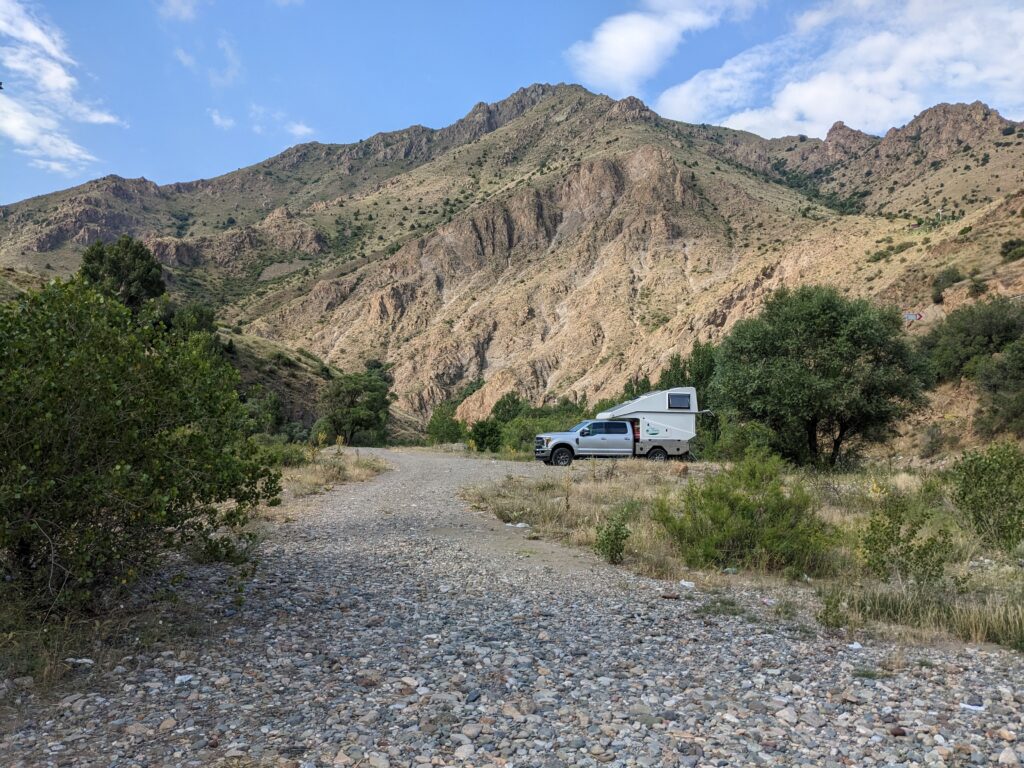
The next day was all about this beautiful high steppe terrain and the biblically famous Euphrates River. The Euphrates River originates in these high mountains before it flows through Syria and Iraq and empties in the distant Persian Gulf. We crossed the Euphrates many times as together we weaved our way through these beautiful mountains, our highest pass at 2050 metres (6,355 feet), the villages somehow carving out an existence where the snowy winters must be particularly harsh.
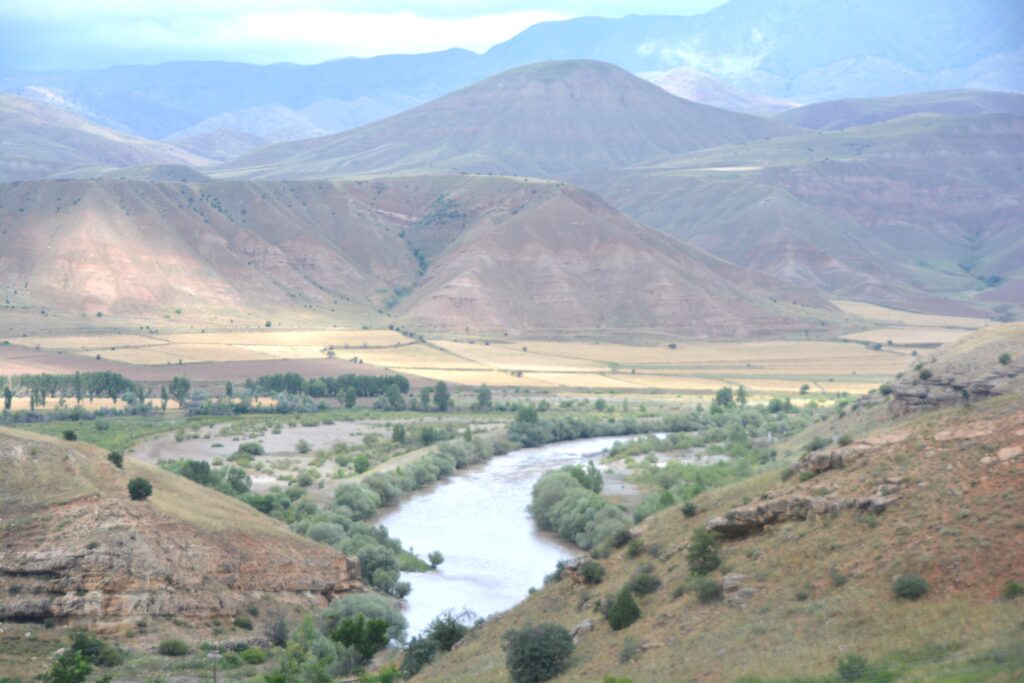
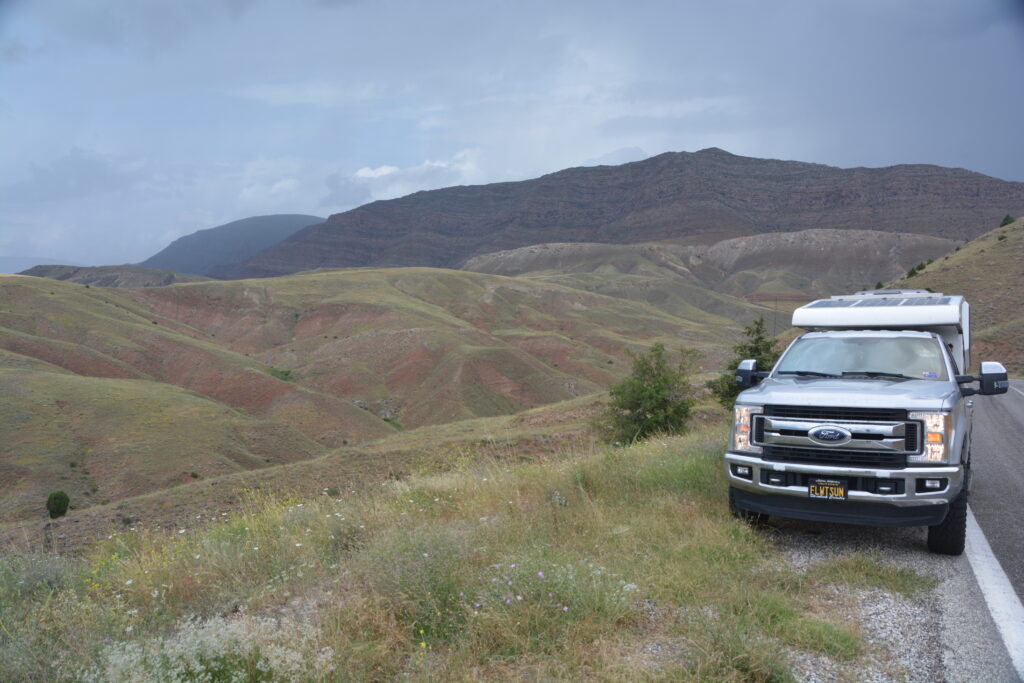
In the late afternoon we made it to the remote regional crossroad city of Erzurum. We had seen Syrian refugee camps on the side of the road and had been stopped by our first military checkpoint (usually we get waved through) along the way. In the city it was obvious this was a more conservative region – almost of the women had at least head scarves on, if not a full covering.
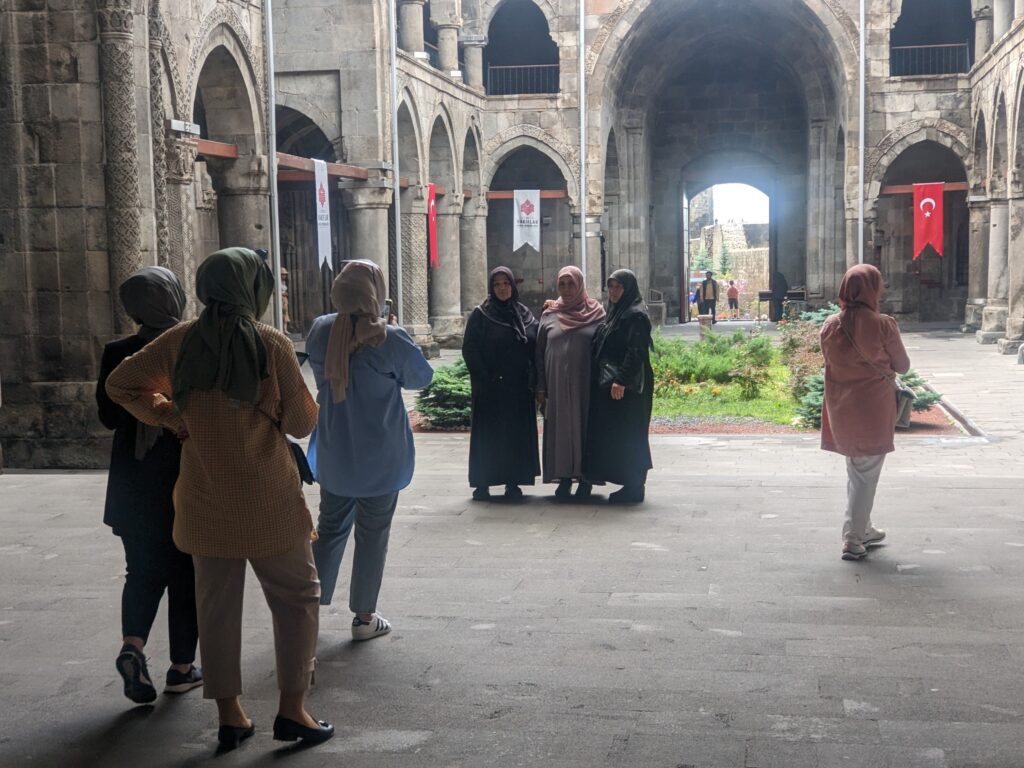
Erzurum is famous for it’s citadel in the centre of town and a row of mosques from the 12th to 14th century which all feature different architectural styles. We explored them all as best we could during prayer time and really enjoyed the Sunday afternoon buzz about the place. But we noticed that for two days now we hadn’t seen another western tourist – we were well beyond the scope of European hordes with their mini-RVs and pop up campers.
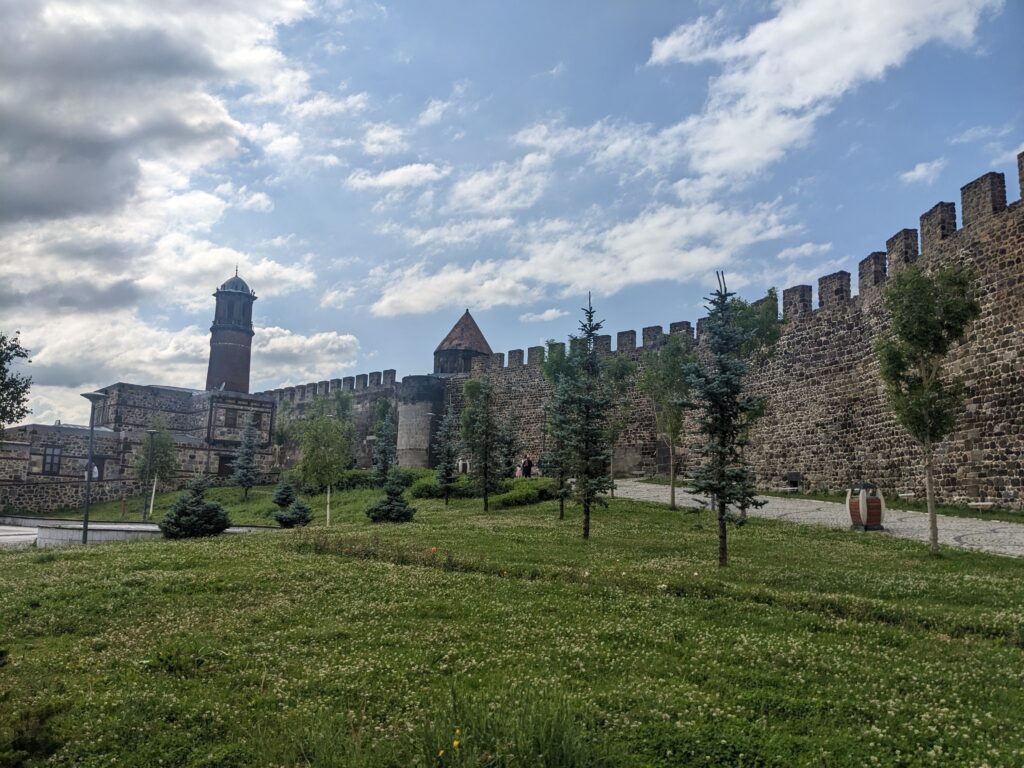
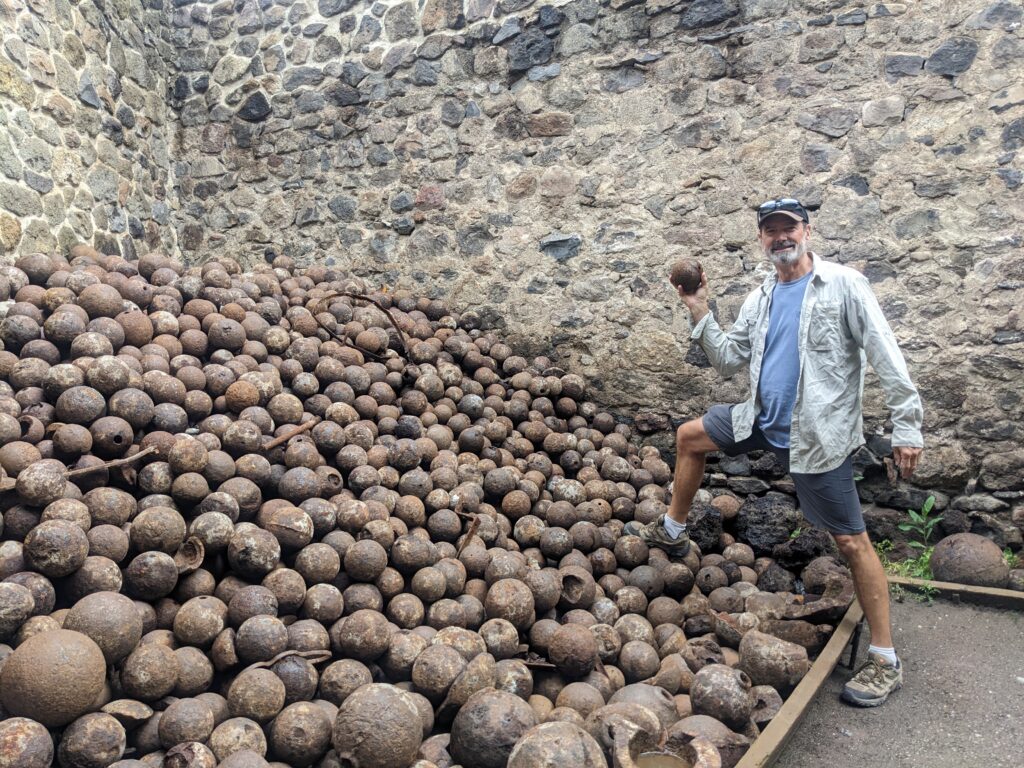
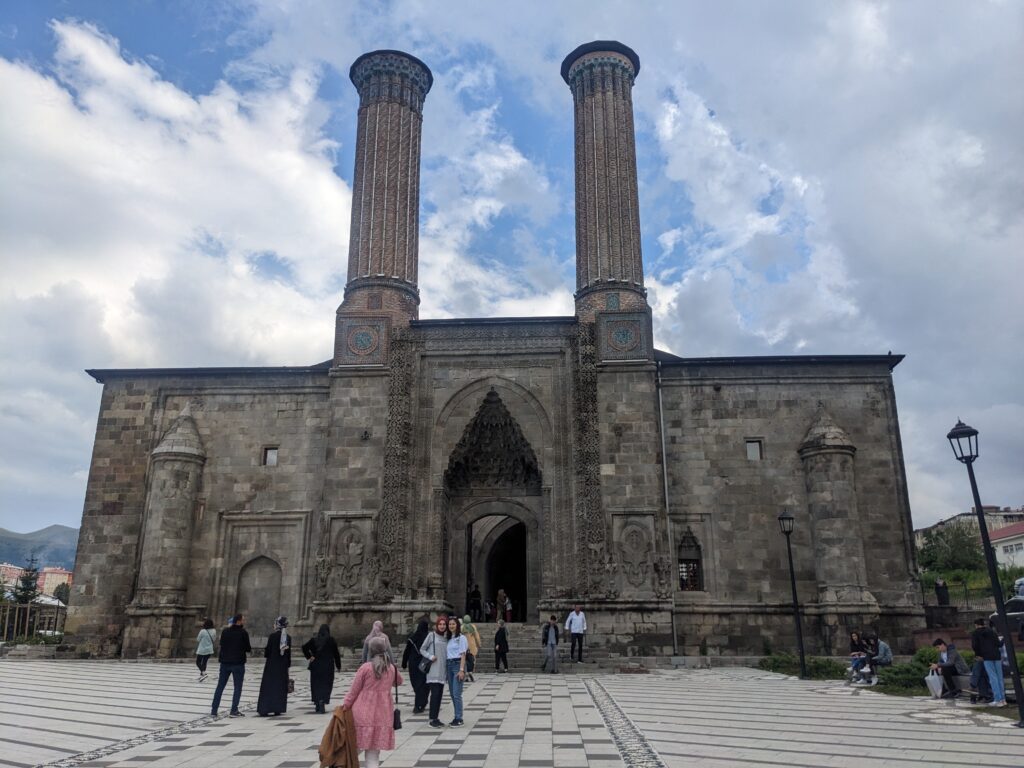
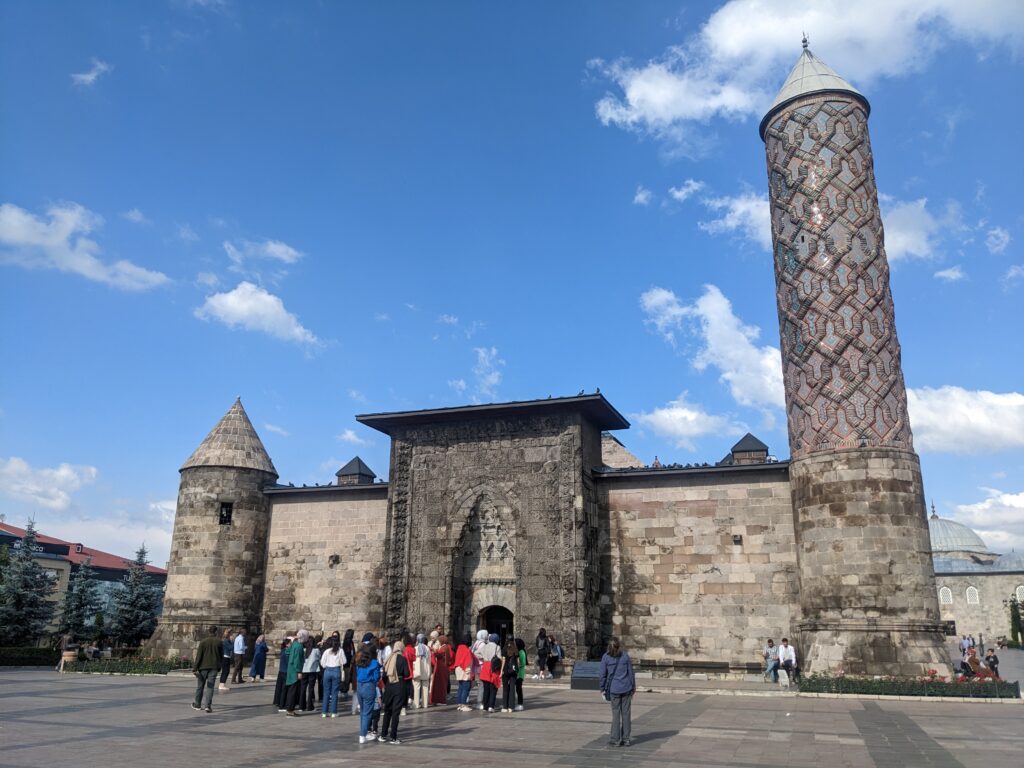
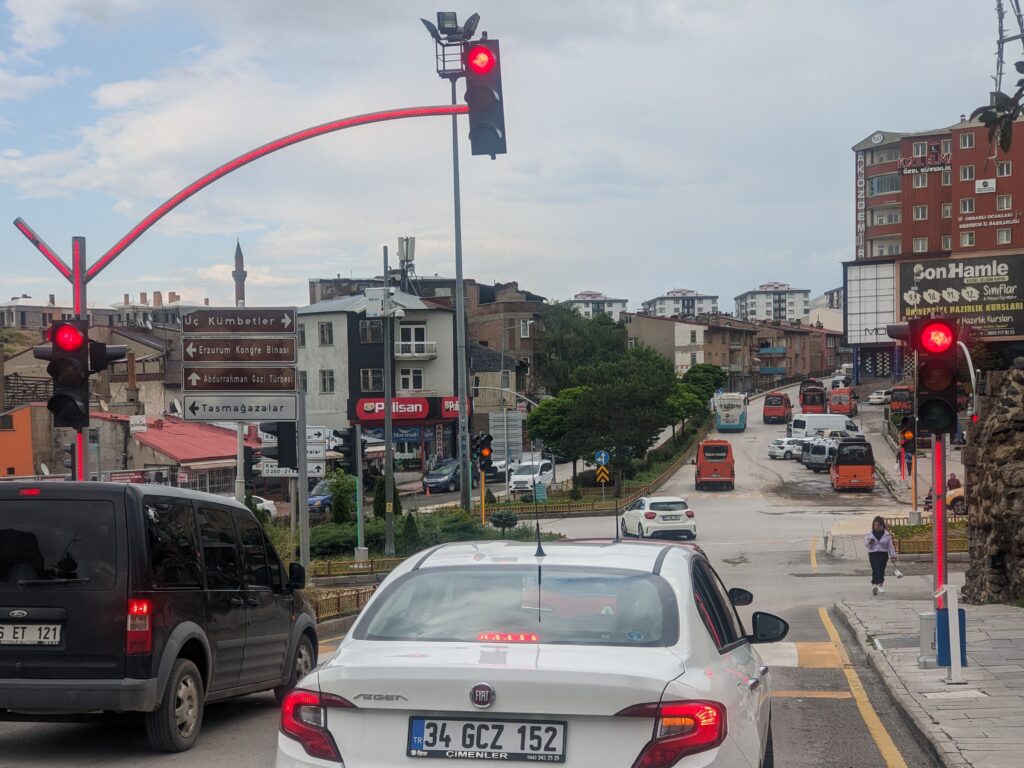
We camped that night at the top of a hill outside of town behind the walls of an ancient bastion that was said to be one of 21 protecting the city. From this vantage point – at 2018 metres (6,255 feet) – we lorded over a spectacular view of cropland and rugged mountains below us. It was so good we gave this spot a perfect 10.
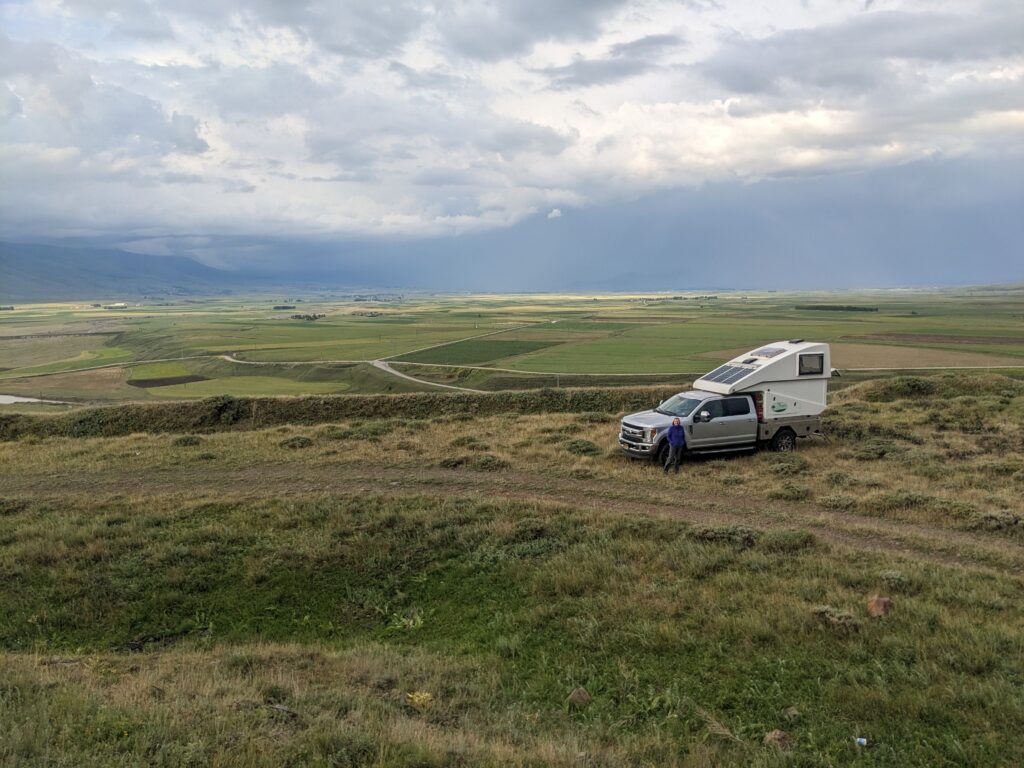
The next morning we explore the old bastion and were surprised by it’s size and indoor space on top of this remote hill. What that life must have been like standing guard up here in the harsh winter is anyone’s guess. We then continued our wonderful drive across the high steppe until we made the regional town of Kars, a largish but slightly tired town, where we bought a few essentials and then continued toward the ancient city of Ani.
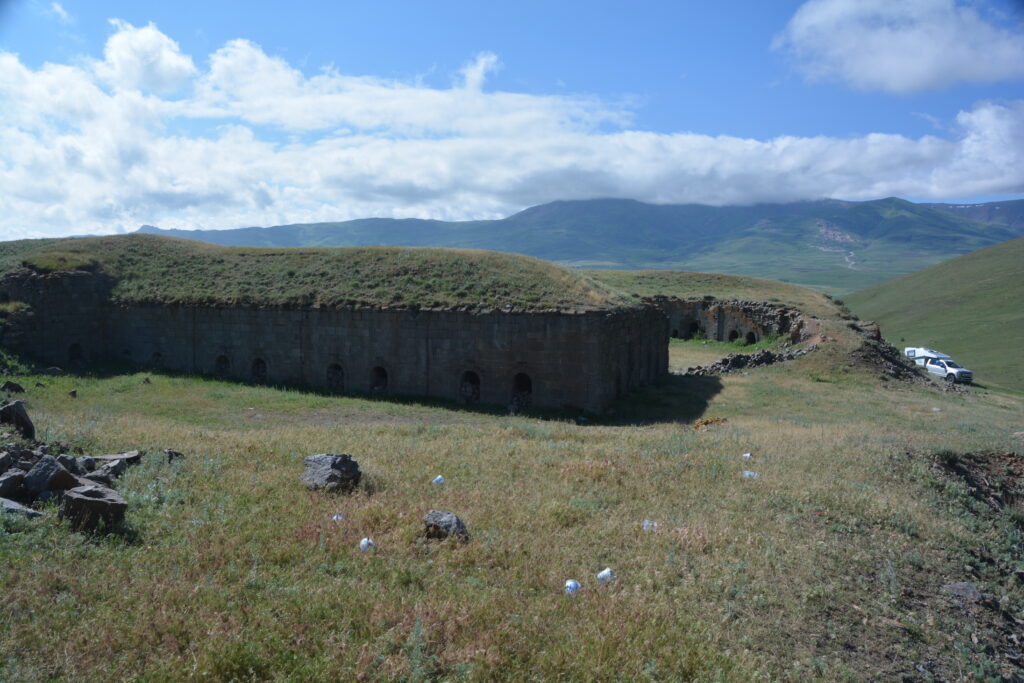
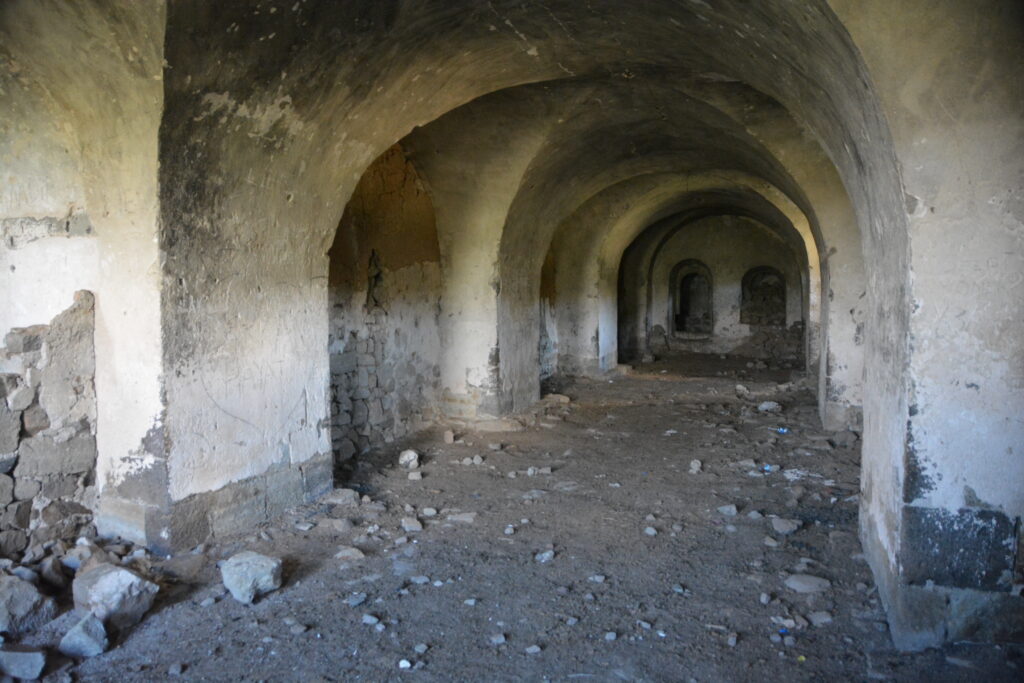

Put simply, Ani defies belief. Built on the cliff line of a deep gorge, the river below now forms the border with Armenia, in what is today the furthest remote corner of Turkey. On a windswept plain at about 2,000 metres, Ani was once the capital of Armenia and one of the most important trading centres in all of Asia Minor. In it’s heyday it was one of the largest cities in the world.
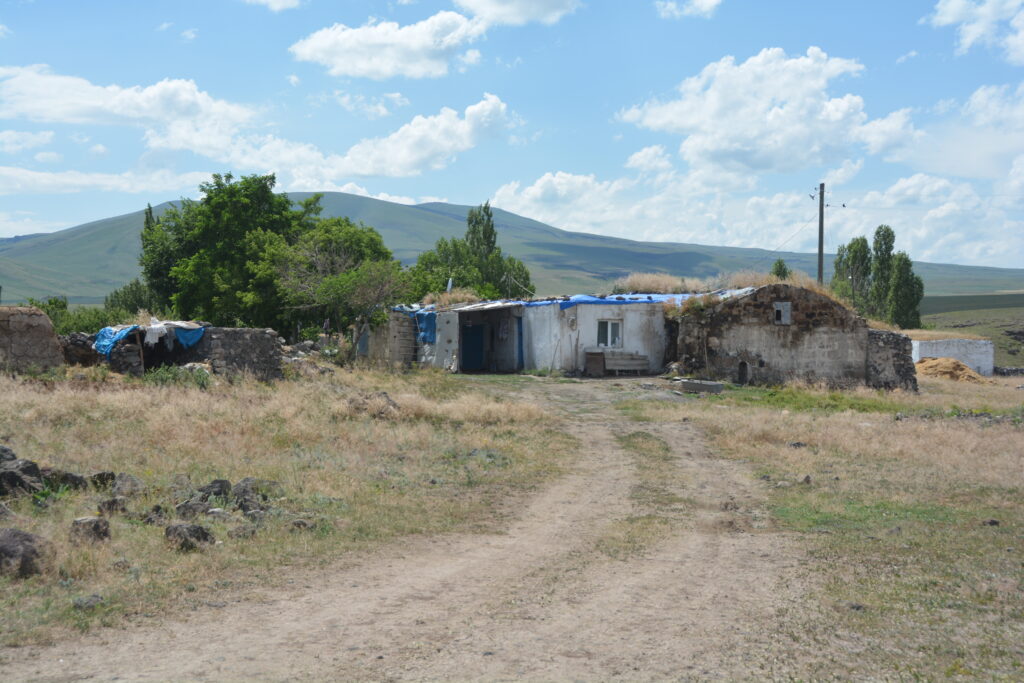
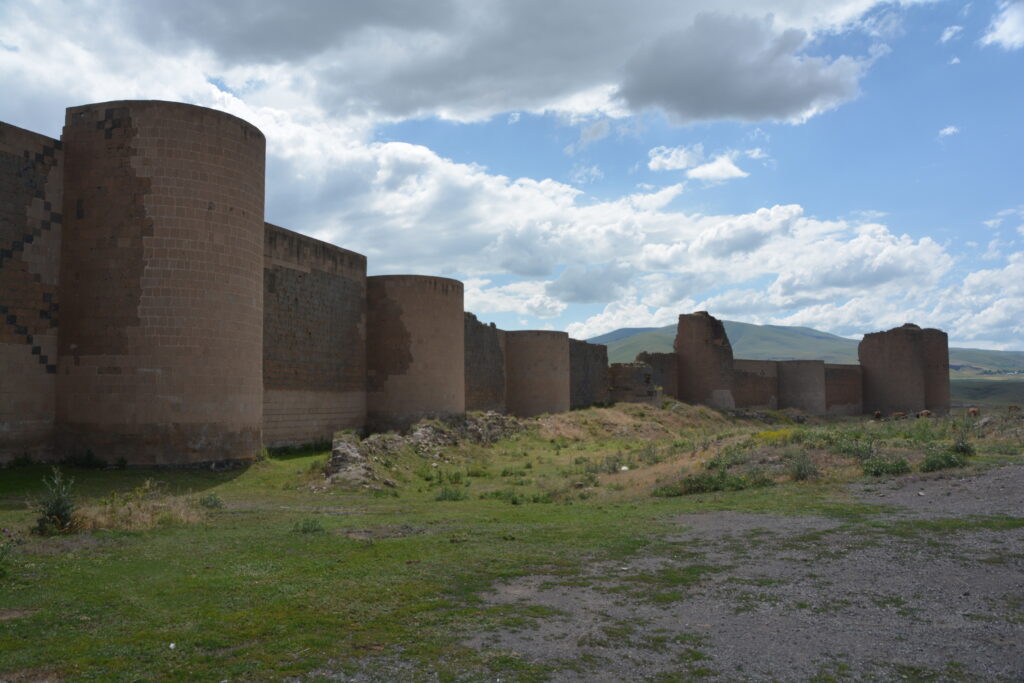
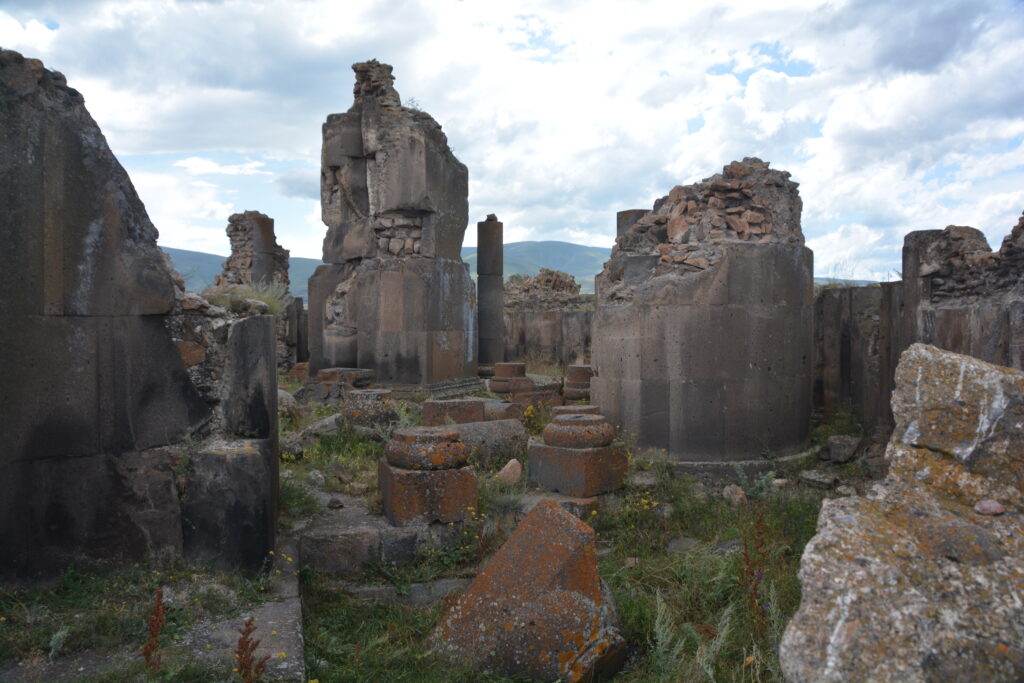
Built in the 10th and 11th century, added to, destroyed, wrecked by earthquakes, rebuilt, repeat, Ani today is a vast area inside it’s walls where Julie and I were amongst very few who wandered between the remaining ruins, marvelling at what a great power centre this city once was and what is today a lonely and distant point on the map.
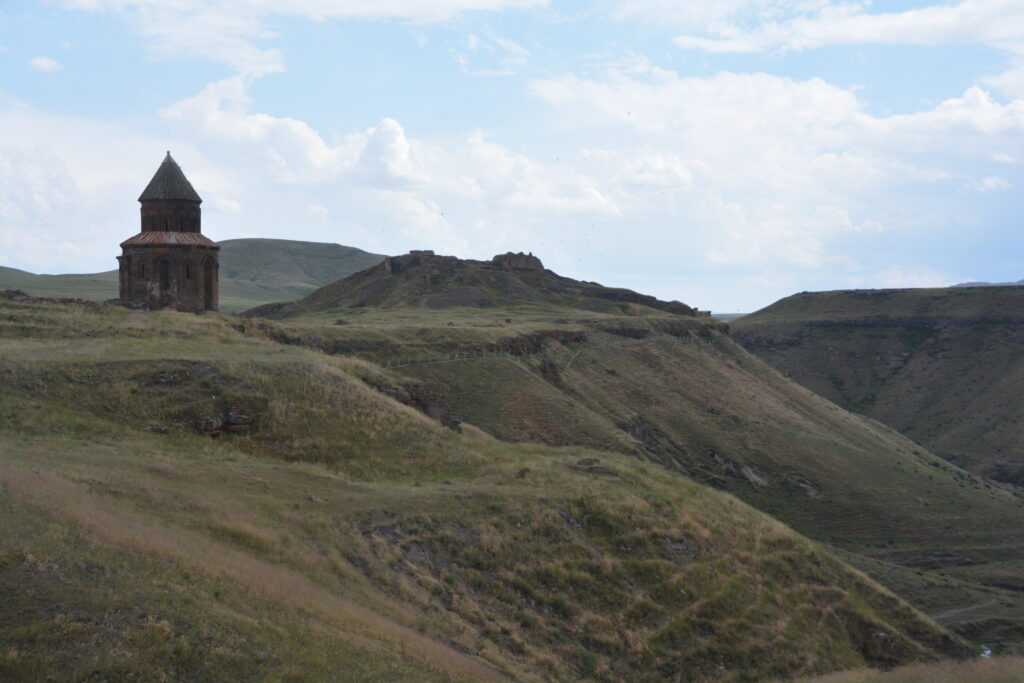
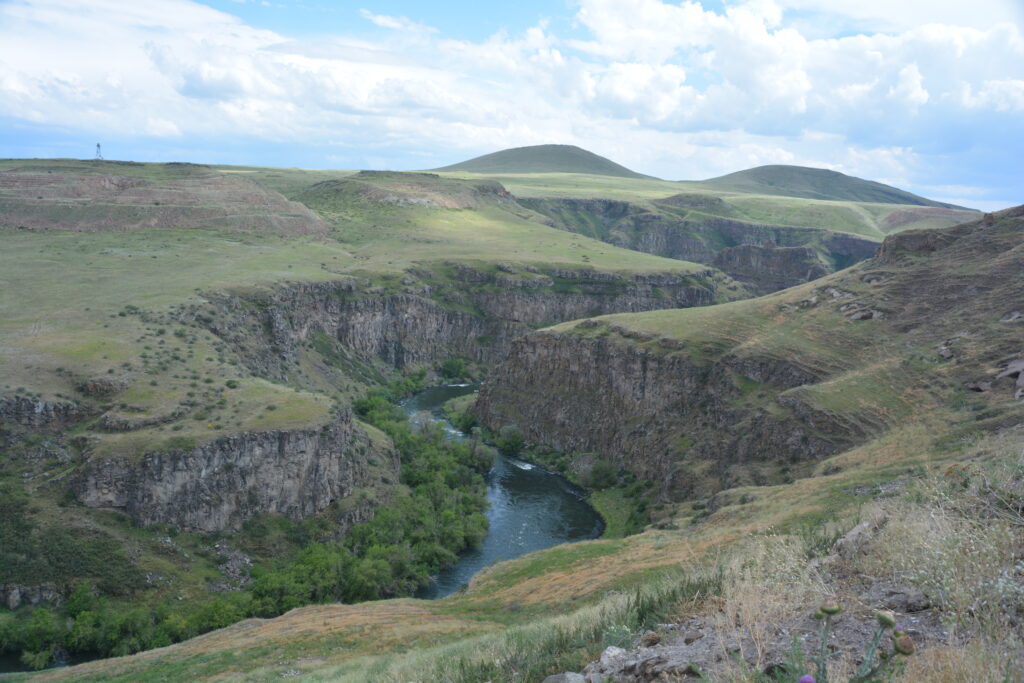
We had intended to cross the border into Georgia today but it was like Turkey wouldn’t let us go, holding on to our last finger like you might do with your little granddaughter who is trying to wiggle away. We followed an obscure road around beautiful Gildir Lake and camped amongst the pine trees at 2159 metres (6,700 feet), the highest point for us thus far on this trip. It was a chilly night dropping down into single figures. The next morning through the fog and rain we finally wiggled free of Turkey and crossed the border into Georgia.
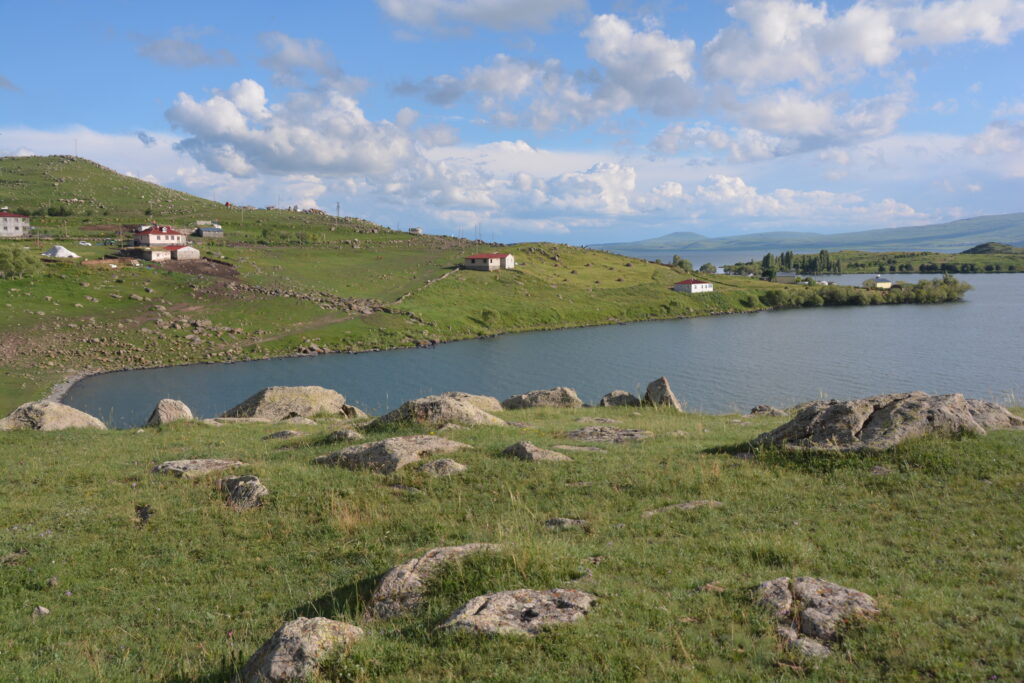
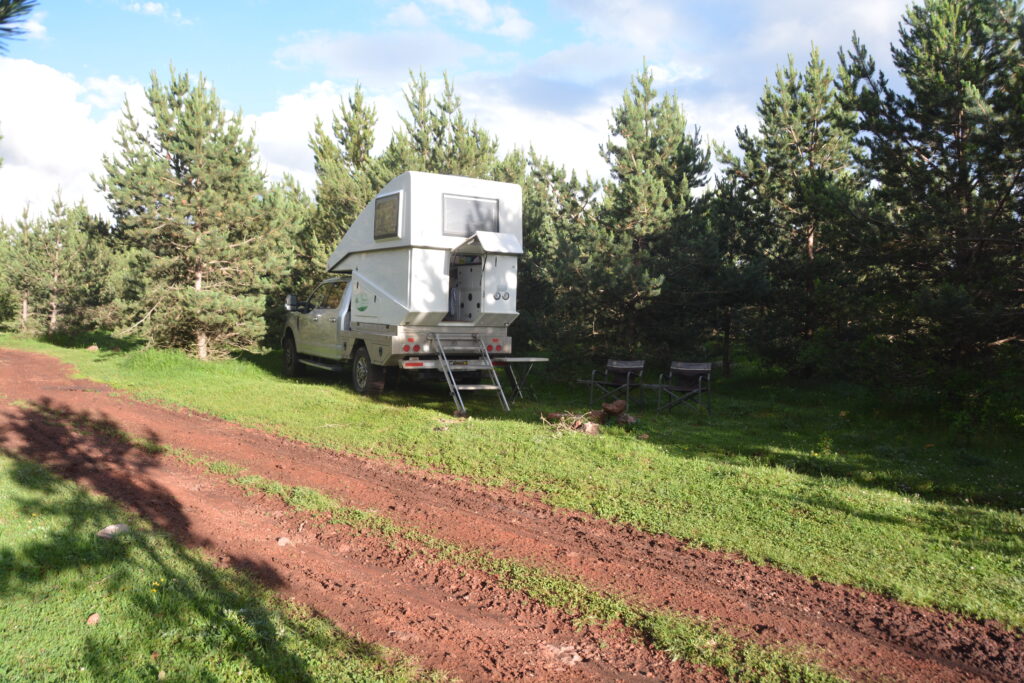
A funny anecdote on our traverse of Turkey. Upon leaving the country the Customs Official checked their system and said we had a speeding fine going through a town a few days back. We were dumbstruck over this claim because Turkish drivers are absolutely speed demons and we are Kings of the Slow Lane, plus with very few speed limit signs and almost no police the roads seemed like a completely lawless world. Nevertheless, there was no arguing the point so I ponied up to the Cash Office and paid a 715 Turkish Lira fine, about US$25. There’s no justice in this world.
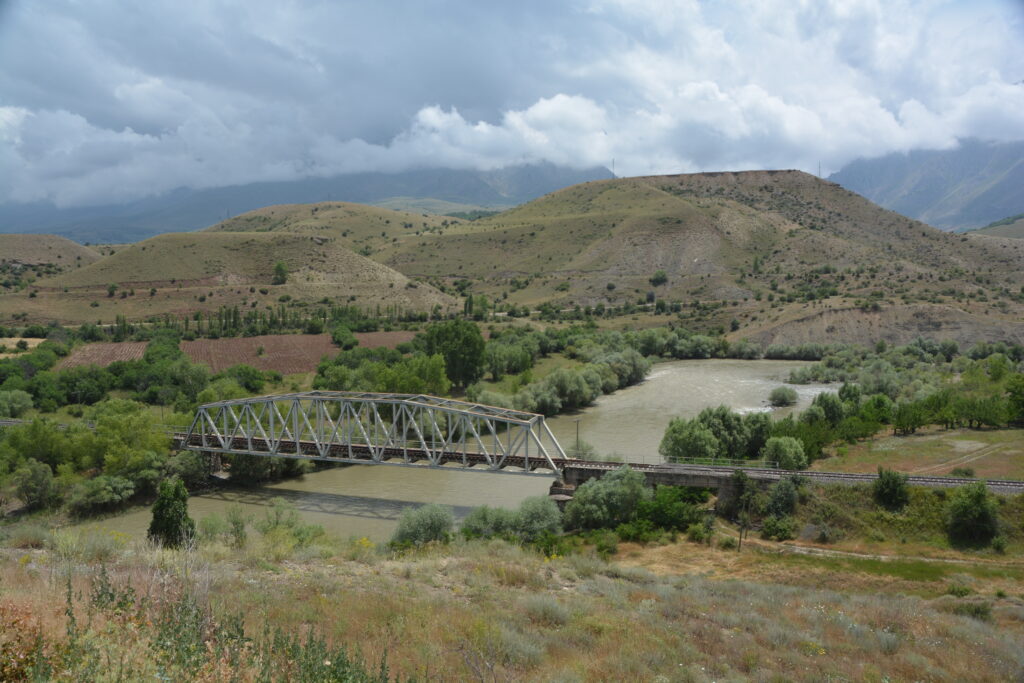
A final note on this wonderful country. It’s not easy to put Turkey into a pigeonhole – the country is so vast, so complex and so varied it defies an easy definition. In a land which is 98% Muslim, a religion that forbids consumption of alcohol, booze is readily available, including in supermarkets (easier to buy than in Australia!). The vineyards and wine industry are said to be booming. Women wear anything from skimpy halter tops and the shortest of cut off pants to the full formless dress and hair-covering scarf. There are multi-million dollar homes overlooking the turquoise sea and the most impoverished of inland farmers desperately trying to scratch out an existence. The roads are generally outstanding, the drivers are generally awful. The country is clearly on the economic upward swing without the riches of oil or being an EU member. Turkey’s history is rich but some of it’s current international relationships are controversial. Turkey is amazing, it is confounding, it is confronting, it is luring, it is beautiful, it is boundless. Turkey has definitely roped us in!
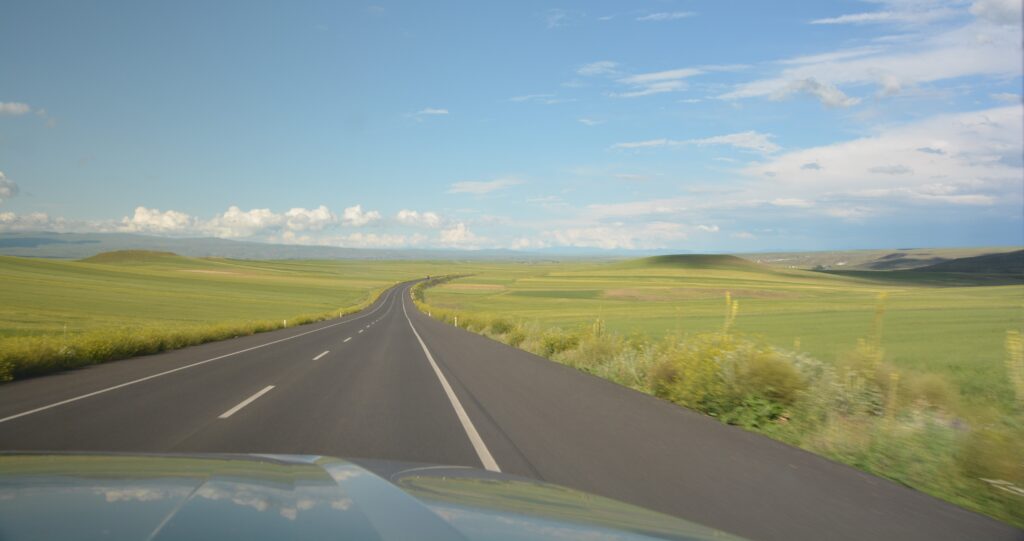
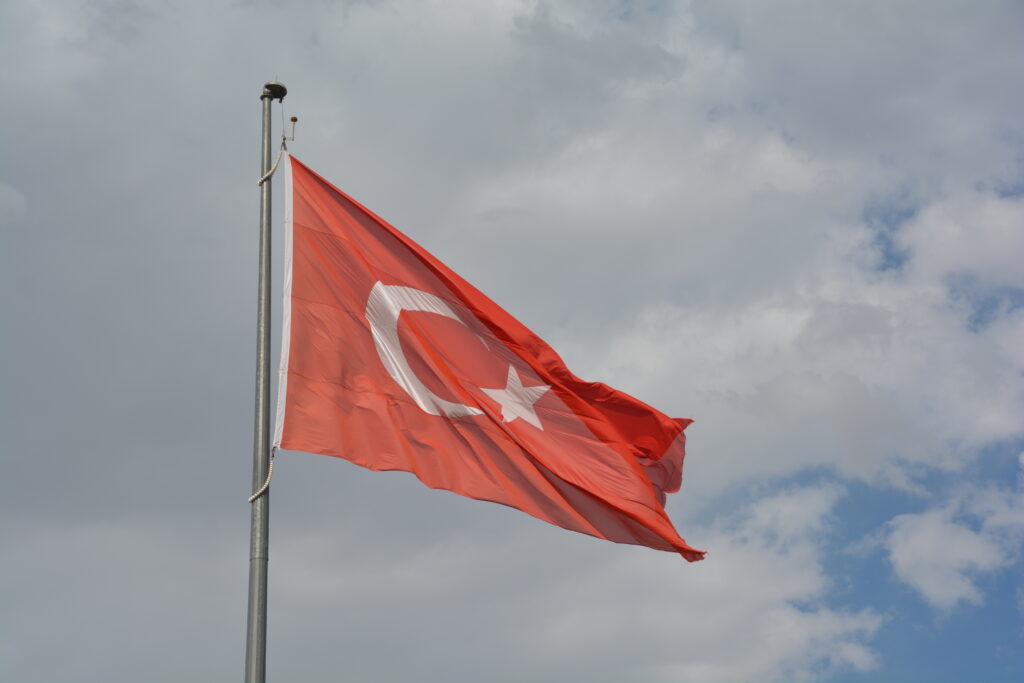
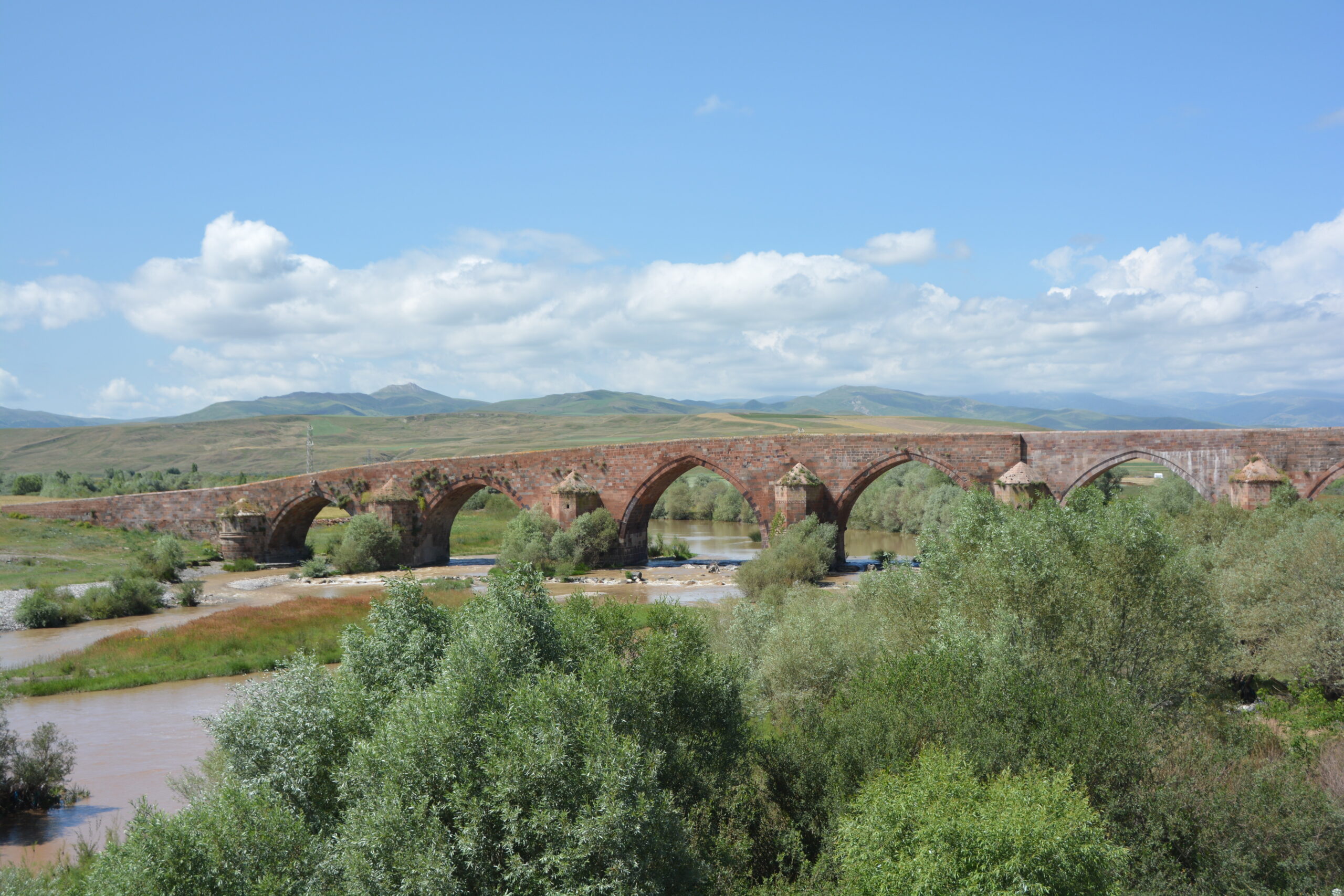
Comments
Eastern Anatolia — No Comments
HTML tags allowed in your comment: <a href="" title=""> <abbr title=""> <acronym title=""> <b> <blockquote cite=""> <cite> <code> <del datetime=""> <em> <i> <q cite=""> <s> <strike> <strong>